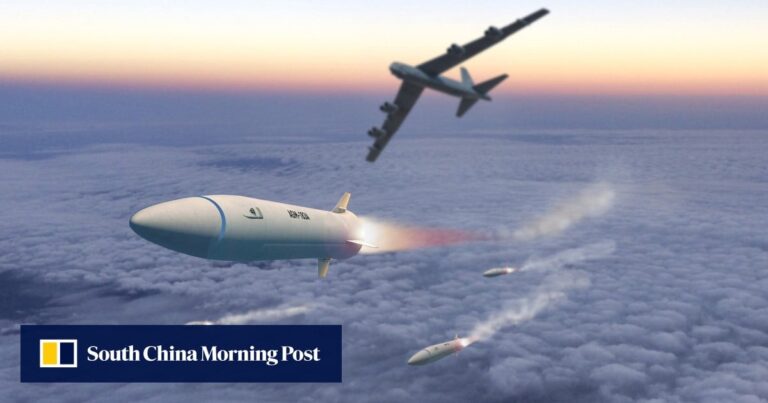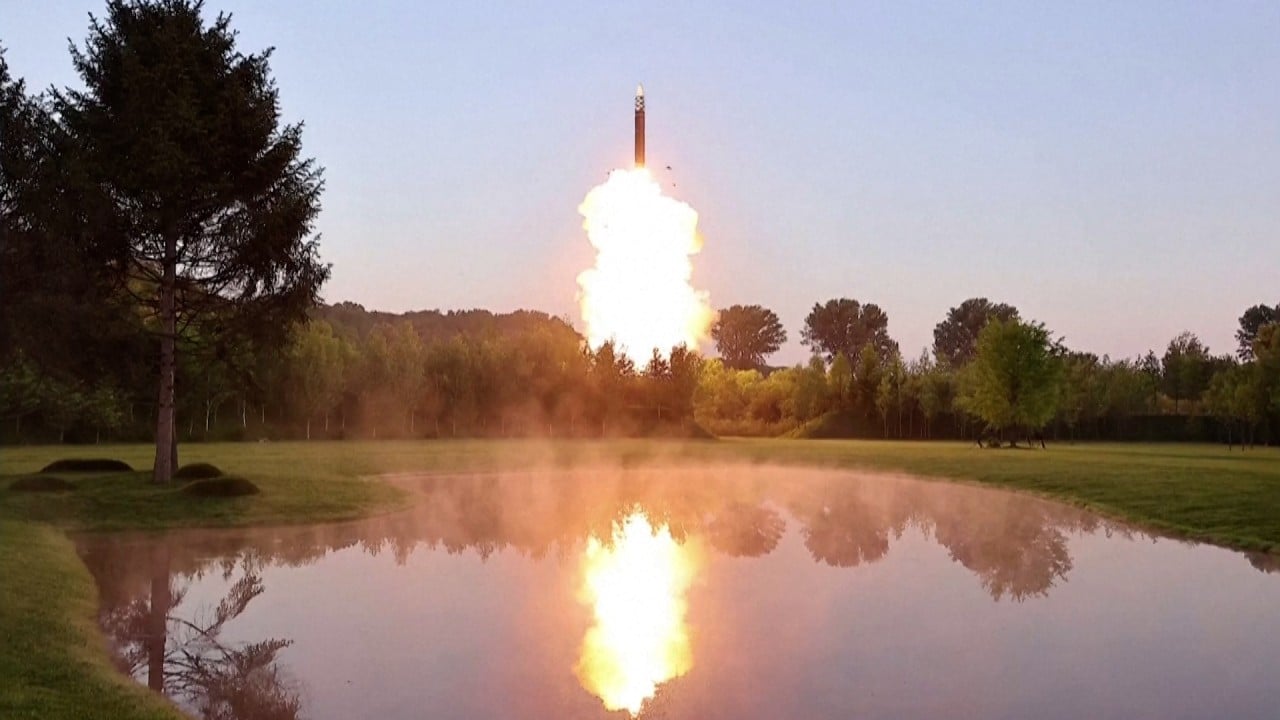A project team led by Professor Zheng Xiaoping of Tsinghua University’s School of Electronic Engineering announced that it had developed a radar capable of tracking 10 hypersonic missiles traveling at Mach 20 with unprecedented accuracy, and could also identify false targets.
In ground-based simulations, the new radar showed an error of 28 centimeters in estimating the distance of a missile traveling at about seven kilometers per second, and was up to 99.7 percent accurate in estimating the missile’s speed, the researchers said – a feat previously thought impossible.
To accurately generate and analyze a radar signal for measurement, electrons must move at extremely high speeds, which could burn out circuit boards.
But Zheng’s team came up with an innovation: incorporating a laser into the radar, allowing information transmission between key nodes to reach the speed of light.
As a result, radar systems can now generate and process much more complex microwave signals than ever before, allowing them to accurately measure ultra-fast objects for the first time.
The new microwave-photon radar has a detection range of more than 600 kilometers, Zheng and his colleagues from Guangxi University wrote in a peer-reviewed paper published May 24 in the Chinese-language journal Optical Communication Technology.
Microwave-photon radar’s small size and light weight make it suitable for installation on air defense missiles and aircraft, and some military experts see it as a key technology for the next generation of fire-control radar.
The United States, seeking to close the gap with China in hypersonic weapons, tested an air-launched hypersonic missile in March over Guam in the western Pacific.
The test was seen by some Western military commentators as a targeted counterattack against China and a demonstration of the U.S. military’s ability to attack Chinese coastal cities with high-penetration weapons.
Hypersonic weapons are more difficult to intercept than conventional ballistic missiles because not only are they faster, but their movements are also more unpredictable, allowing them to penetrate air defenses.
New interceptor missiles and laser weapons have the potential to destroy incoming hypersonic weapons, but require precise target location and velocity parameters to be successful.
One of the Defense Department’s most vexing problems is the challenge of acquiring fire-control radar for interceptor missile systems that can accurately track hypersonic targets, according to a report released last year by the Center for Strategic and International Studies, a Washington-based think tank.
“If we had more accurate data, we might be able to use less maneuverable, less expensive interceptor missiles,” Masao Dahlgren, report author of the CSIS Missile Defense Project, told spacenews.com in an interview in December.
Another challenge posed by fast moving targets is the appearance of phantom images on the radar screen – “false targets” often outnumber real targets.
Zheng’s team used laser technology to enable the radar to simultaneously transmit three different bands of microwaves, improving detection accuracy, and developed an algorithm to completely eliminate false target interference by comparing signals of different frequencies.
Zheng and his team built a complete radar system, including the chip and transmitter, and verified its performance in a laboratory equipped with equipment to simulate the movement of hypersonic targets through the atmosphere.



